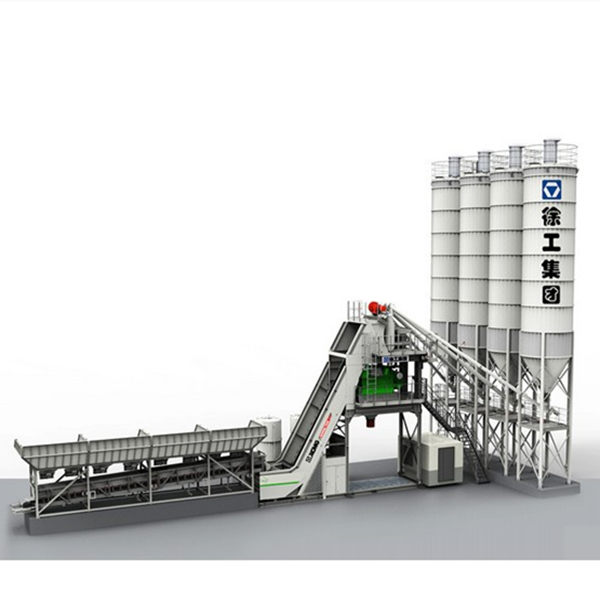How to choose a road roller to compact the road subgrade?

How to choose a road roller to compact the road subgrade? This blog post will help you analyze how to choose different types of road rollers to compact road subgrade from multiple angles. you will have the answer after reading it.
Rolling the roadbed with a static smooth roller
Static smooth rollers are only suitable for rolling thin fill roadbeds. This is because the contact area between the rollers of the static smooth roller and the soil is large, the unit pressure is small, and the compaction capacity gradually decreases from the surface downward, so that the density of the upper layer is greater than that of the lower layer, and the overall compactness of the roadbed is poor. When rolling with a static smooth roller, the method of “thin filling, slow driving, and multiple times” should be adopted, that is, the thickness of the filling layer is thin (about 25~30cm), and the rolling speed is slow first, then fast, and light first. Grind and grind again. Experiments show that when the static smooth roller is used for rolling, the density of the soil decreases with the increase of the thickness of the fill, and increases with the increase of the weight of the roller and the number of times of rolling; but when the number of times of rolling exceeds 8, its The compactness increases little or not, so attention should be paid to choosing an economical and reasonable number of compactions, generally no more than 8 times.
Roll the roadbed with a tire roller
The tire-type road roller is suitable for compacting various soils and is most effective for compacting relatively wet clay soils, and the effective depth of rolling can reach more than 30cm. The biggest feature of the tire roller is that the internal pressure of the tire can be changed according to the soil condition, and the maximum stress acting on the soil can be controlled within the ultimate strength of the soil; another feature is that the pneumatic tire is deformable so that the soil compaction depth is maintained at Within a certain depth range; the third feature is that the tire has a large contact area with the soil, the pressure distribution is uniform, the soil material bears the pressure for a long time, and the compaction density is good.
Compact the roadbed with a vibratory roller
- When rolling rock fill roadbed, vibratory rollers of different tonnages should be selected according to the thickness of rockfill (see Table 5), and attention should also be paid to the driving speed of the road roller. Usually, the compaction effect is proportional to the number of times rolling and inversely proportional to the driving speed; experiments show that the compaction effect is the best when the driving speed is 3~6km/h.
- When rolling sand and gravel and other non-clay roadbeds, high-frequency, low-amplitude vibratory rollers can be used. The rolling speed varies in the range of 3~6km/h, and the number of rolling is about 2~3 times. If the layer is too thick, the rolling speed can be reduced.
- When rolling the non-plastic silt roadbed, the thickness of the layer can reach 0.7~1.0m, and a heavy-duty road roller of 10~15t can be used.
- When rolling a silty soil roadbed containing a certain amount of clay, a vibratory roller with low or medium static line pressure can be used.
- When rolling clay roadbed, a large-tonnage vibratory road roller should be used; when rolling high-strength clay roadbed, a sheep foot rolling vibratory road roller must be used; when rolling clay roadbed, high-amplitude, and low-frequency compaction methods should be used. The pressure speed is 3~4km/h.
Related Blogs |






